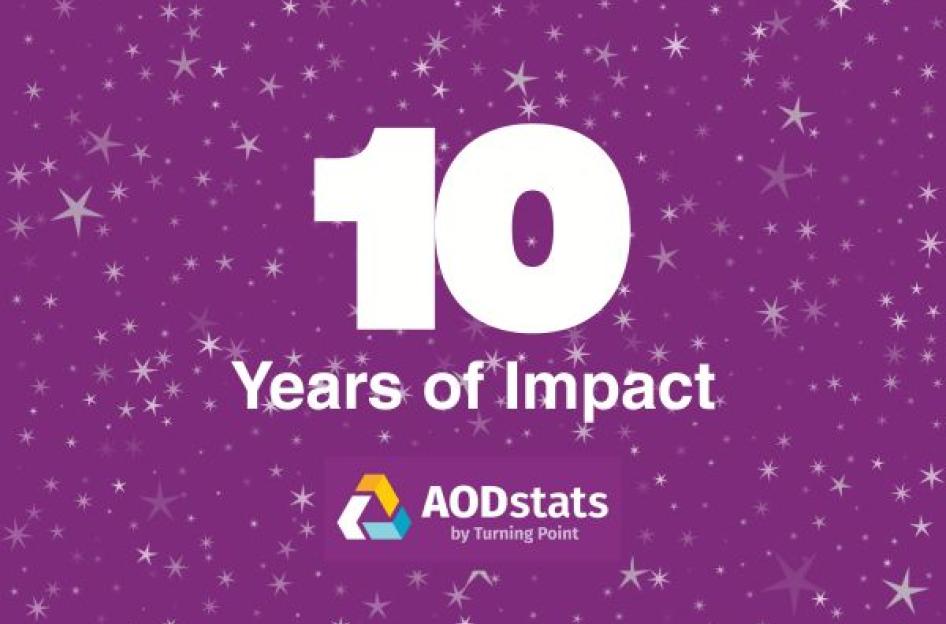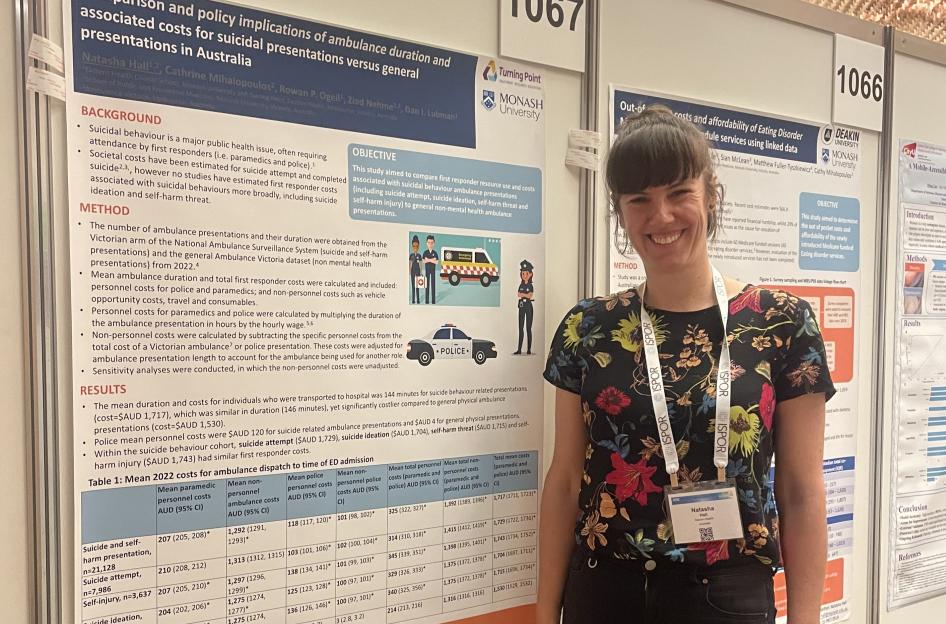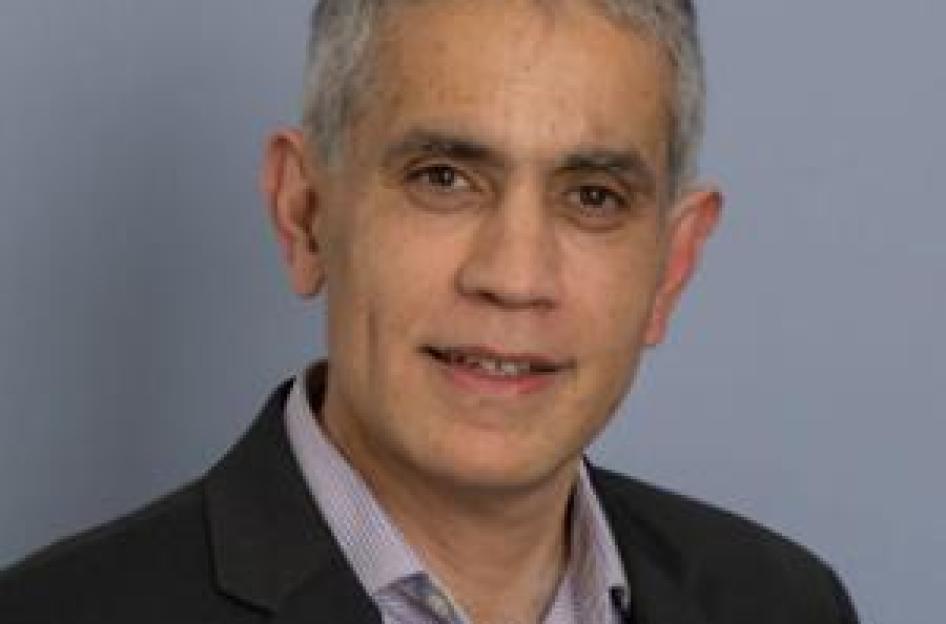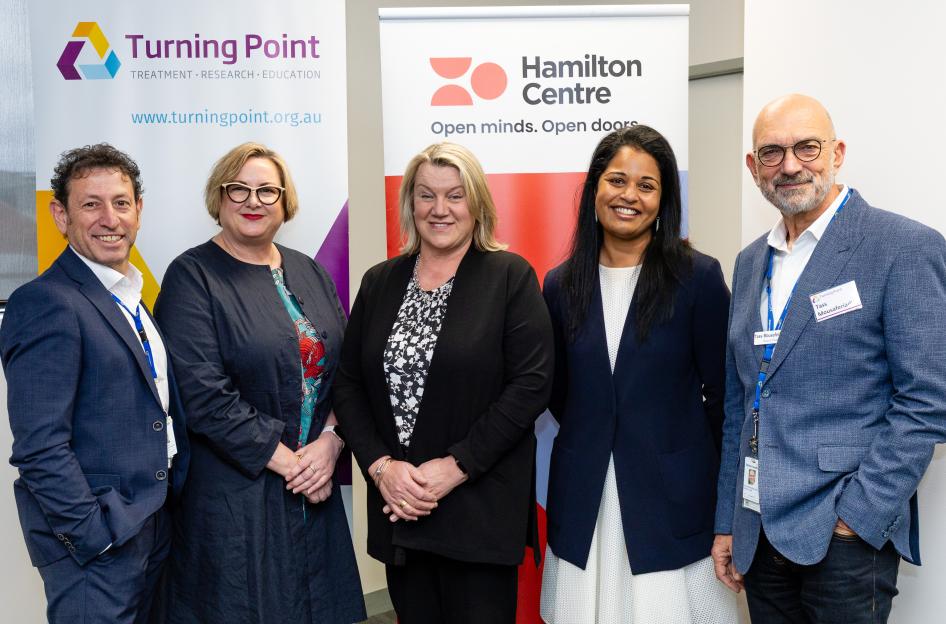Do we have an addiction problem?
Alcohol consumption may be going down among younger people but across society it remains the number one cause of health-related harm. Meanwhile prescription opioid addiction, crystal methampethamine and a rise in heroin-related deaths captures headlines so is there a crisis in addiction?
Crisis
Last year Turning Point held a symposium at the Victorian State Library that discussed the rise in Australia's drug-related overdose deaths – 88.1 per million of population, compared to 44.6 per million in the UK, 10.2 per million in the Netherlands and 3 per million in Portugal. Reports showed a 61% increase in the number of accidental overdose deaths from 2004 to 2014 with Australians aged 40-49 the most likely to die. Perhaps surprisingly, prescription medication was responsible for more overdoses (69%) than illicit drugs. Indeed, over the period 2008-2014, there was a 87% increase in prescription opioid deaths.
The newsflash, in case anyone missed it, was in. Victoria's approach to drug-related overdoses needed a change. Overdose deaths now exceeded the number of road deaths.
Last year Turning Point provided the Victorian Parliament with a submission on drug law reform in which we stated that the State had a looming crisis in pharmacotherapy policy:
'Governance is unchecked and there is a disproportionate balance of opioid management in the hands of a diminishing number of GPs. All patients on opioid maintenance therapy for addiction have to have a permit before the doctor starts prescribing and there are about 13,500 active permits, with limited review once approved. There are no limits on dosages prescribed or the number of patients allowed in a single prescriber’s caseload, meaning that there are a small number of prescribers who hold hundreds of permits, and others that prescribe well above current clinical guidelines. This is a system that would not be tolerated in other areas of health.'
We observed that Victoria had rested on a tired assumption that its system was doing just fine - it looked at states like NSW with their long waiting lists for opioid maintenance treatment and told itself that Victoria’s system was cost effective and somehow 'normalised' treatment of opioid addiction.
The reality, we later told a Parliamentary committee, was that after decades of underfunding addiction training and specialist support for doctors, the majority of Victorian GPs felt unskilled in this area of medicine, and hence were reluctant to get involved, meaning that Victoria had few GPs and pharmacists who were able to manage the number of Victorians needing opiate pharmacotherapy.
Heroin-related deaths
In 2017 there were 172 heroin-related overdose deaths in Victoria, many of which occurred in the City of Yarra, concentrated around North Richmond and Collingwood. This led to a high degree of community concern, with a growing coalition of residents, health professionals, business associations and local government calling for the introduction of a supervised injecting facility to reduce deaths. Similarly, community concern about public injecting and overdose in the Footscray area has continued to grow, whilst both local media and community health organisations raising concerns about a paucity of drug services throughout the western suburbs more broadly.
In October last year, the government responded with a number of progressive alcohol and other drug policy announcements including the decision to open Victoria's first Medically Supervised Injecting Centre, to be run in North Richmond, by winter 2018.
Learning from others
In 2001, the Sydney Medically Supervised Injecting Centre (MSIC) commenced operation on a trial basis. Operating within a clinical model, the Centre’s primary objective was to reduce the morbidity and mortality associated with drug overdose. Staff included nurses who were authorised to administer naloxone. In 2010, the New South Wales Government announced it would continue funding the MSIC on an ongoing basis after three comprehensive evaluations which were positive and broadly comparable with evaluation results of other similar supervised injecting drug facilities, mostly located in European cities. Among other things, the MSIC had treated a substantial number of overdoses that would otherwise have occurred in public places and without medical support, thereby increasing the risks to drug users and others.
The challenge for the major political parties is to reverse fifty years of ‘tough on drugs’ policy and to implement strategies that work. The reality is that people are dying and families and the wider community, especially in North Richmond, have been calling for solutions. And things could soon get much worse.
In New York State, where real time prescribing has been operating since they introduced the Internet System for Tracking Over-Prescribing (I-STOP) in 2012, heroin overdoses have increased by 25%. Last week, New York’s Mayor Bill de Blassio announced that all 23,000 city patrol officers would be given naloxone to use on overdose victims, and that it would be available through pharmacies without prescription. He vowed to spend $38 million a year on a broad array of services, including expanding methadone and buprenorphine treatment for addicts, focusing on city hospitals on dealing with addiction and overdoses, and a more aggressive prosecution of illicit opioid distributors and heroin dealers. Victoria will implement its own real time prescribing system within the next 2 years.
The experts are saying that New York’s experience is likely to be followed here in Melbourne. So what we are seeing now is just the tip of the iceberg. The number of trainees and qualified addiction specialists in Victoria is low, due to a longstanding lack of investment in training and specialist positions. New South Wales by way of contrast has almost 10 times the numbers of addiction doctors in training, as well as a number of funded specialist positions within each health service. The lack of a career pathway for doctors interested in pursuing a career in addiction means that Victoria is facing a future without such expertise, with an exodus of specialists to funded positions interstate in recent years, and many of the remaining cohort of addiction specialists nearing retirement. Victoria needs to wake up to this crisis before the opioid bubble bursts.









